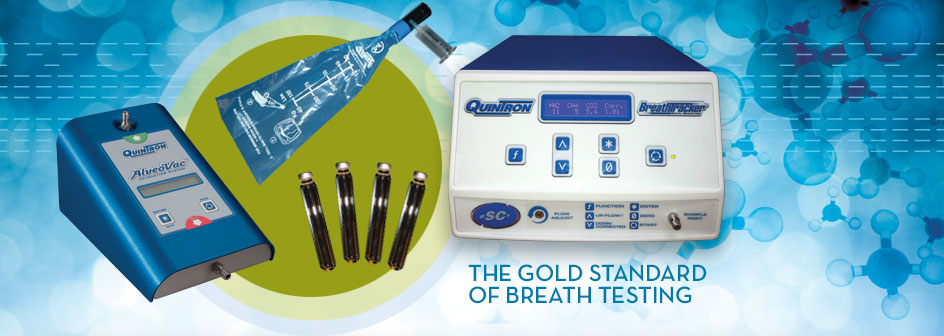
In addition, dietary avoidance of fruits, vegetables, grains, beans, bran cereals, and smoking for at least 24 hours prior to the procedure was recommended with complete fasting required 12 hours before testing. Hydrogen Lactulose Breath TestĪll subjects who underwent LHBT (indications ranged from bloating to diarrhea) at the University of Pennsylvania were instructed to refrain from antibiotic use for 14 days, to discontinue probiotics for 7–10 days, and not to take any home medications for 2 hours prior to testing. This study was approved by the Institutional Review Board at the University of Pennsylvania, Philadelphia, Pennsylvania. Data collection was completed utilizing the electronic medical record to abstract demographic and clinical information. Patient Population and Data CollectionĬonsecutive subjects undergoing hydrogen lactulose breath test (LHBT) between and in the Gastroenterology Division at the University of Pennsylvania were eligible for study inclusion. It is therefore the aim of this study to investigate the association between age, sex, body mass index (BMI), and lactulose hydrogen breath test, a surrogate marker for SIBO. Ĭurrently, there is limited data examining the association between SIBO and demographic factors such as age and sex and clinical factors such as obesity. Diagnostic criteria are not standardized but include a specified rise in hydrogen or methane levels within a given time period, usually 90–120 minutes after glucose or lactulose administration, which reflects carbohydrate fermentation within the small bowel.

The hydrogen breath test consists of administration of soluble and insoluble agents such as glucose and lactulose, the latter of which is preferentially metabolized by gut flora, with subsequent measurement of expired hydrogen and methane gas production. As a result of these limitations, noninvasive testing has been developed utilizing indirect means of assessing the presence of excessive numbers of bacterial colonies in the small bowel. Although the gold standard for diagnosis of the disease is a small bowel aspirate and culture, this method is invasive and challenging due to the difficultly associated with culturing gut flora. In light of the evolving spectrum of SIBO-related clinical associations and manifestations as well as the availability of noninvasive diagnostic testing, health care providers are now testing patients for SIBO in increasing numbers.

Previous gastrointestinal surgery and demographic factors including increasing age have also been implicated. For this reason, several gastrointestinal conditions have been associated with SIBO including inflammatory bowel disease (IBD), irritable bowel syndrome (IBS), motility disorders such as gastroparesis, and celiac disease. Development of the condition may result after disruption of the homeostatic mechanisms that manage enteric bacterial colonies including gastric acid secretion, intestinal motility, anatomical structures such as the ileocecal valve, and immunomodulation. Clinical manifestations of the disease vary widely, from mild gastrointestinal symptoms such as flatulence and bloating to more serious complications including profound weight loss and micronutrient deficiencies. IntroductionĪlthough the pathophysiology is poorly understood, small intestinal bacterial overgrowth (SIBO) is not uncommon with reported prevalence ranging from 37.5 to 50% in selected patient populations. With increased age in females, the odds of a positive LHBT increased, while, in men, the odds of a positive LHBT decreased with age. There was an association between age, with respect to sex, and a positive LHBT. In males, the likelihood of a positive LHBT result decreased with age (OR 0.98 95% CI: 0.97–1.00). In females, the likelihood of a positive LHBT increased with age (OR 1.02 95% CI: 1.01–1.03). There was no statistically significant difference between the LHBT results according to age or BMI. Logistic regression analysis was performed to determine the association between predictor variables: age, sex, body mass index (BMI), and positive LHBT, the outcome of interest. Data was abstracted from the medical records of subjects undergoing LHBT from to. A cross-sectional study in a university-based gastroenterology practice was performed. This study investigates the association between clinical factors and SIBO according to lactulose hydrogen breath test (LHBT) result.

SIBO’s association with clinical characteristics is unclear. Small intestinal bacterial overgrowth (SIBO) is associated with chronic gastrointestinal diseases and structural/functional abnormalities of the gastrointestinal tract.


 0 kommentar(er)
0 kommentar(er)
